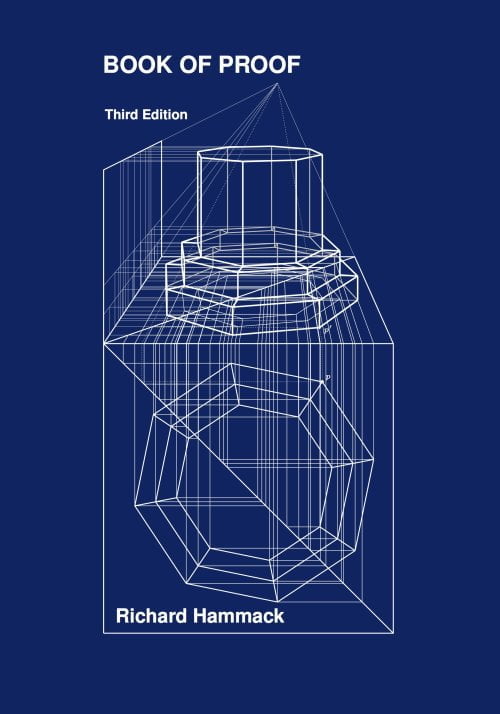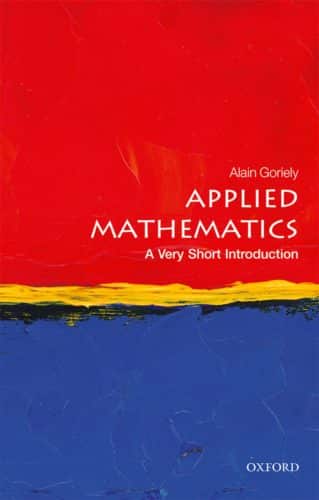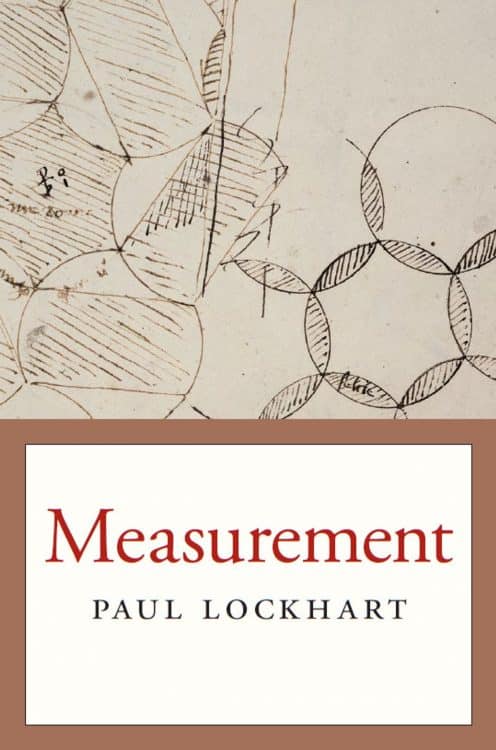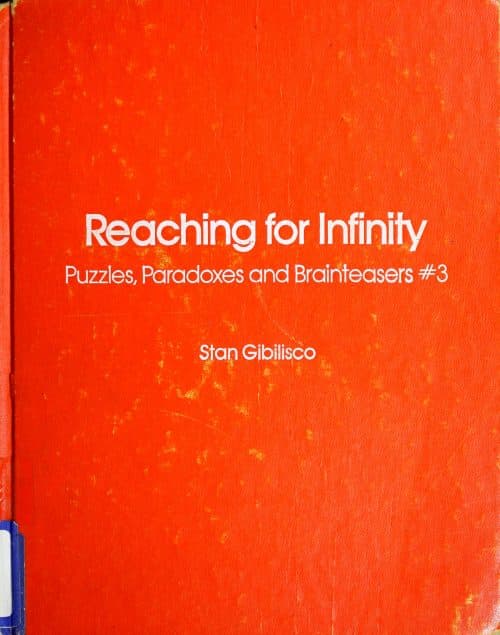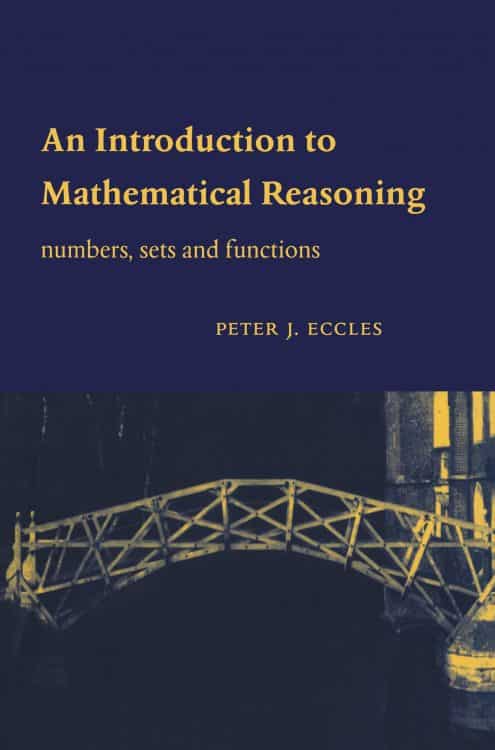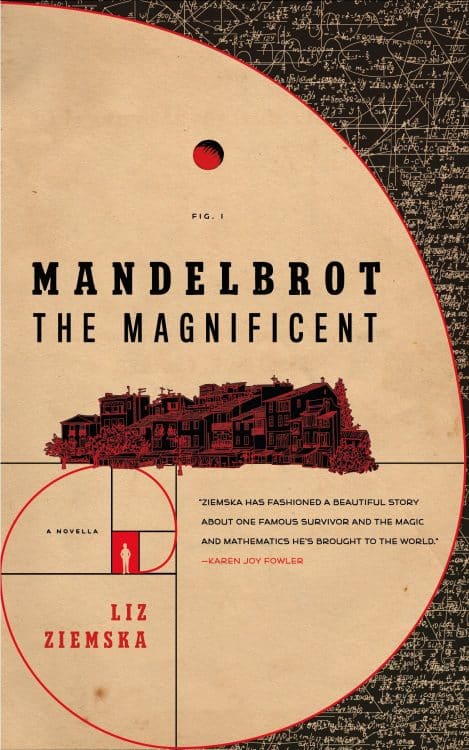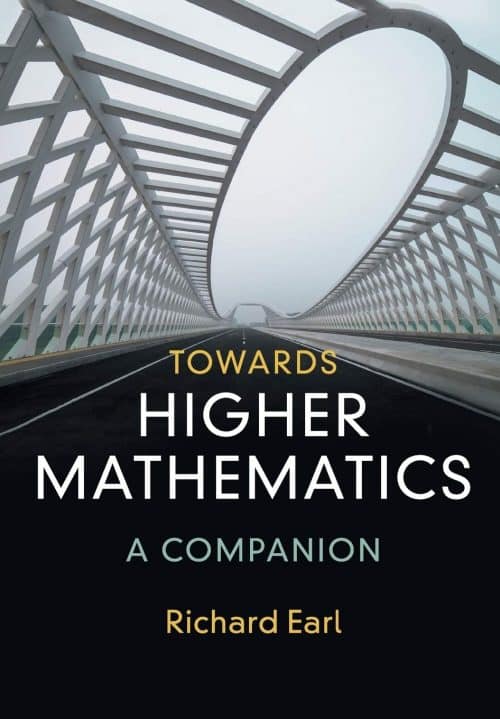This text is a generic topology course designed for students in their third year of university who are taking their first year of the second cycle (also known as their first year of the second cycle). The class was offered for the first time during the first academic semester of the 1979-1980 school year (three hours a week of lecture, four hours a week of guided work). The discipline of topology is the study of the concepts of limit and continuity, and as such, it has been around for a very long time.
We will, however, confine our discussion to the beginnings of the theory, which date back to the nineteenth century. One of the origins of topology is an endeavor to clarify the theory of real-valued functions of a real variable. This effort led to the discovery of concepts such as uniform continuity, uniform convergence, equicontinuity, and the Bolzano-Weierstrass theorem (this work is historically inseparable from the attempts to define with precision what the real numbers are).
Cauchy was one of the pioneers in this field, but the fact that his work included faults demonstrates how difficult it was to single out the right ideas demonstrates how difficult it was. Cantor arrived on the scene a little bit later; the results of his investigations into trigonometric series prompted him to conduct an in-depth examination of sets of points of R. (whence the concepts of open set and closed set in R, which in his work are intermingled with much subtler concepts). The preceding material is insufficient to support the extremely broad parameters within which this class is organized. It is a well-established fact that the ideas described in the previous paragraph have demonstrated their applicability to things other than real numbers.


